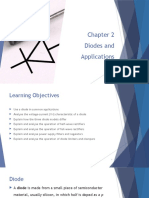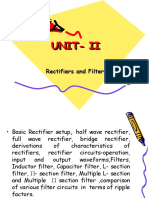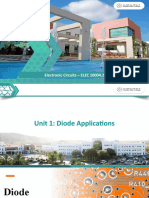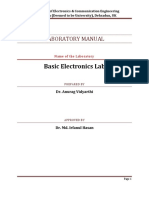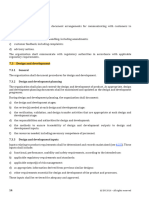0% found this document useful (0 votes)
6 views48 pagesLecture 3rd Week
Uploaded by
redwan.rial424Copyright
© © All Rights Reserved
We take content rights seriously. If you suspect this is your content, claim it here.
Available Formats
Download as PPTX, PDF, TXT or read online on Scribd
0% found this document useful (0 votes)
6 views48 pagesLecture 3rd Week
Uploaded by
redwan.rial424Copyright
© © All Rights Reserved
We take content rights seriously. If you suspect this is your content, claim it here.
Available Formats
Download as PPTX, PDF, TXT or read online on Scribd
/ 48










